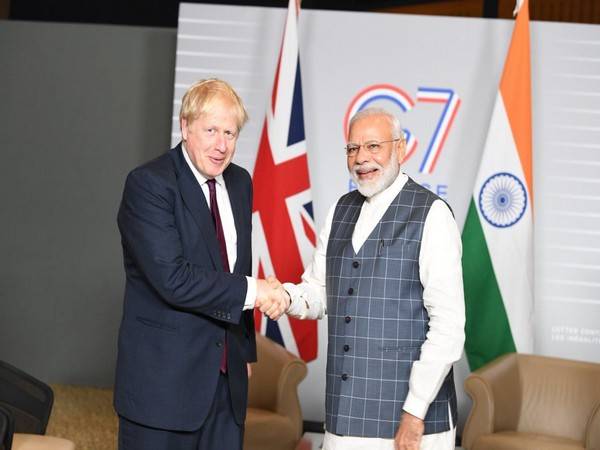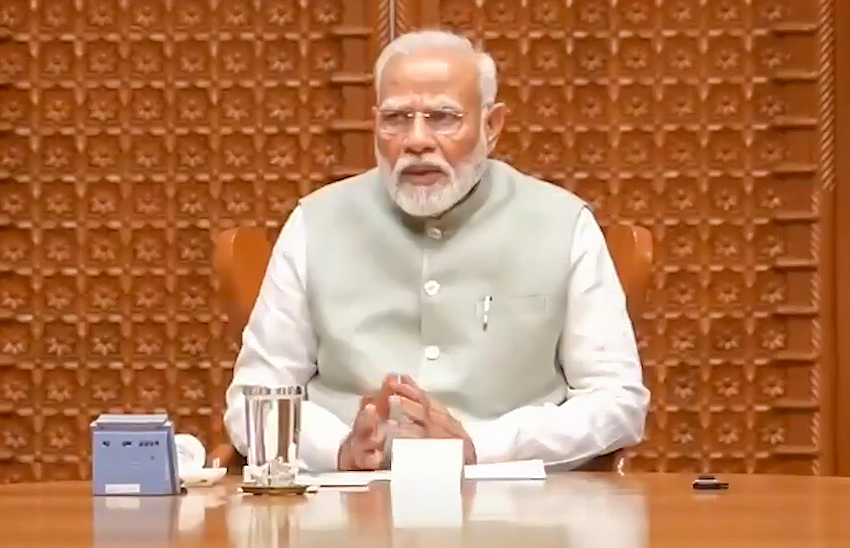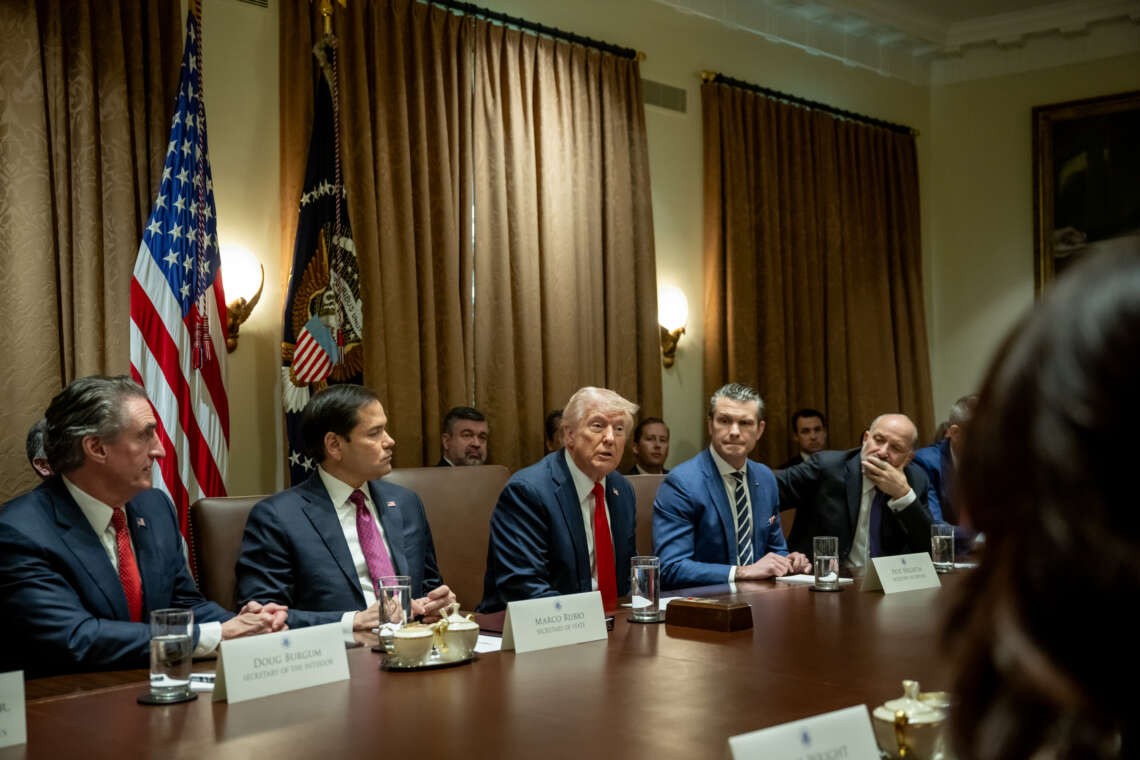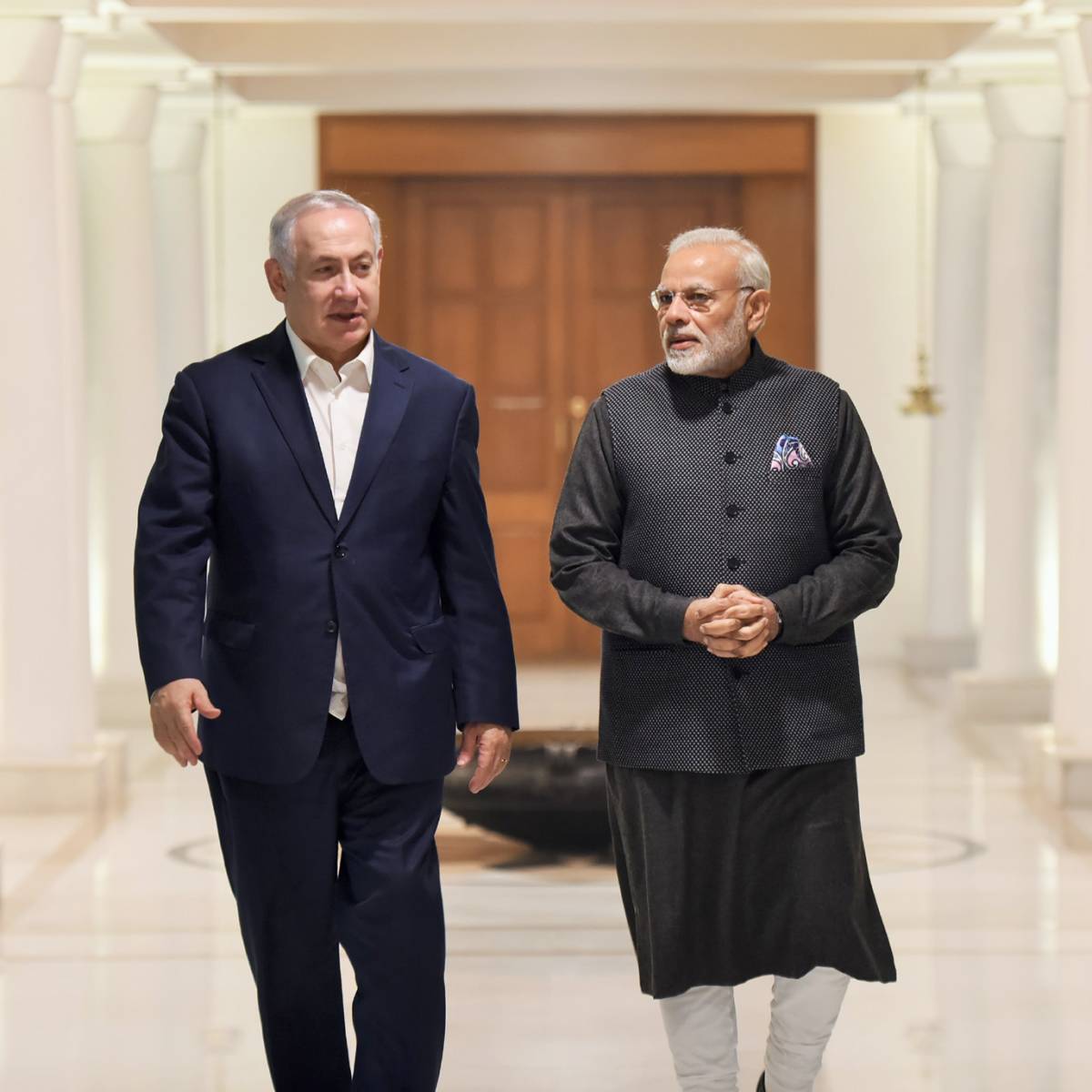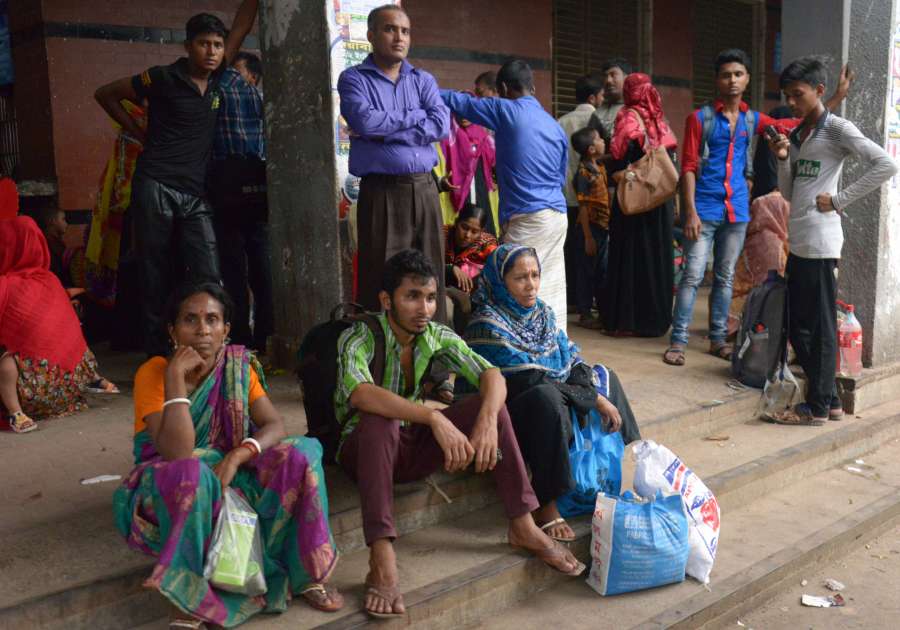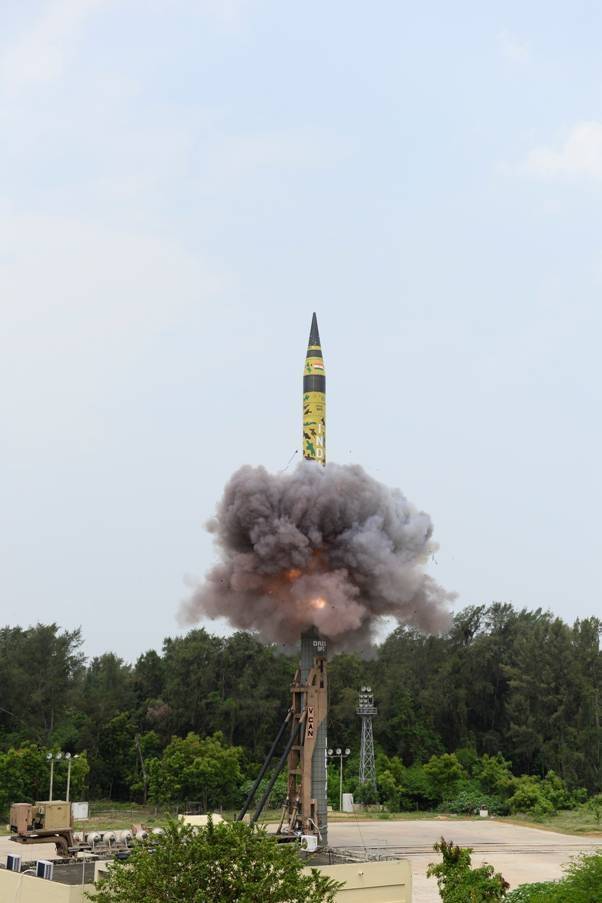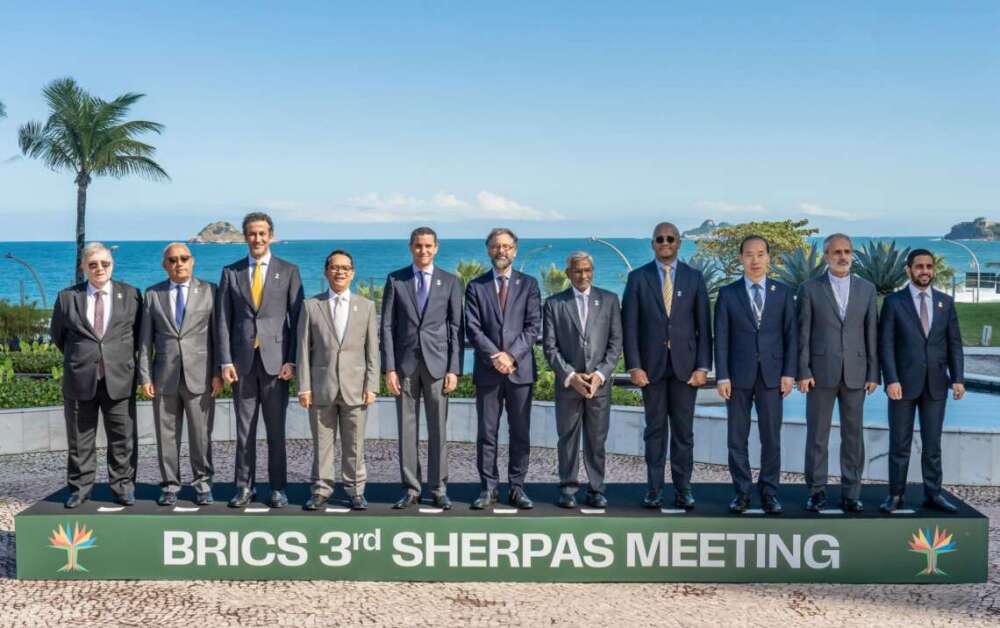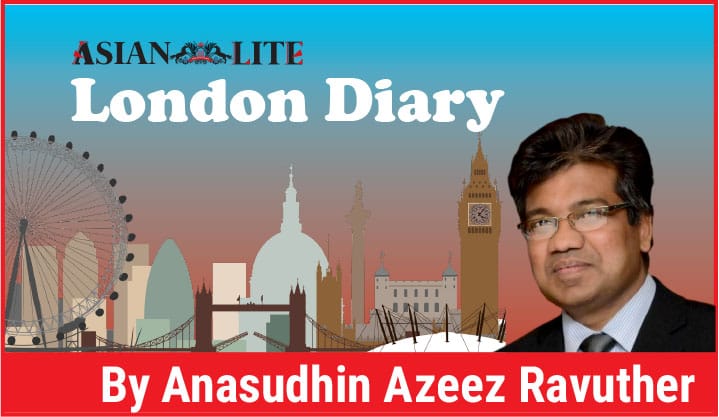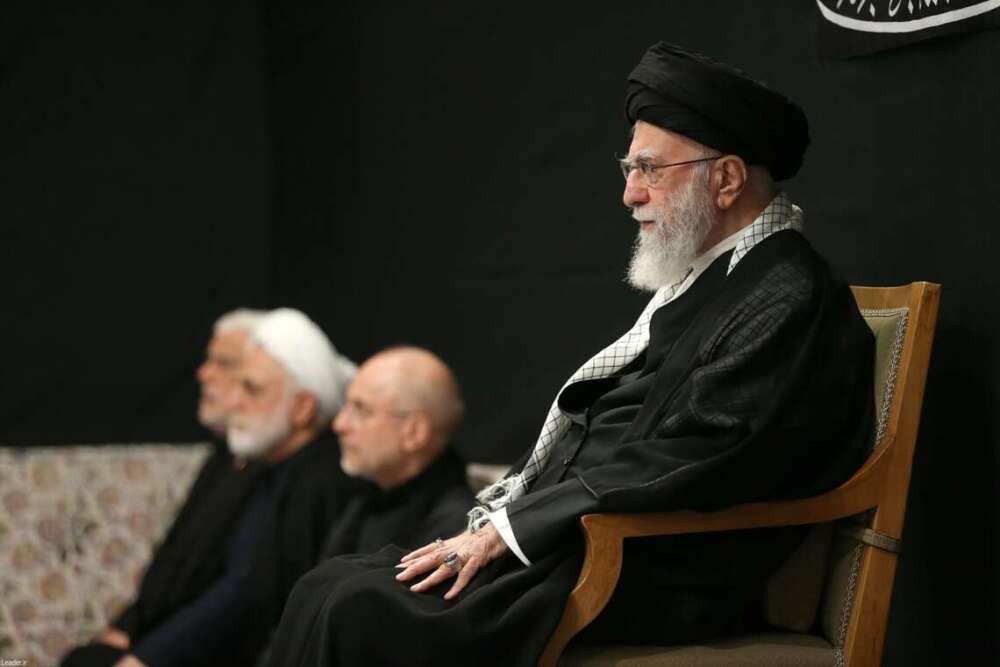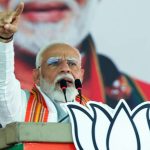Prime Minister Narendra Modi is expected to play his crucial part in delivering climate ambition through the carbon market mechanism, hanging since the 2019 Madrid conference, at the upcoming two-week Glasgow Climate Change Conference (COP 26) … writes Vishal Gulati
In just days to the crucial UN climate conference in Glasgow, nearly 200 countries under the leadership of US President Joe Biden will also put in place the crucial rules of the carbon market mechanism and its transparency to ensure its smooth functioning for supporting countries in achieving their climate commitments to put the brakes on dangerous climate change.
Prime Minister Narendra Modi is expected to play his crucial part in delivering climate ambition through the carbon market mechanism, hanging since the 2019 Madrid conference, at the upcoming two-week Glasgow Climate Change Conference (COP 26) that Britain is hosting.
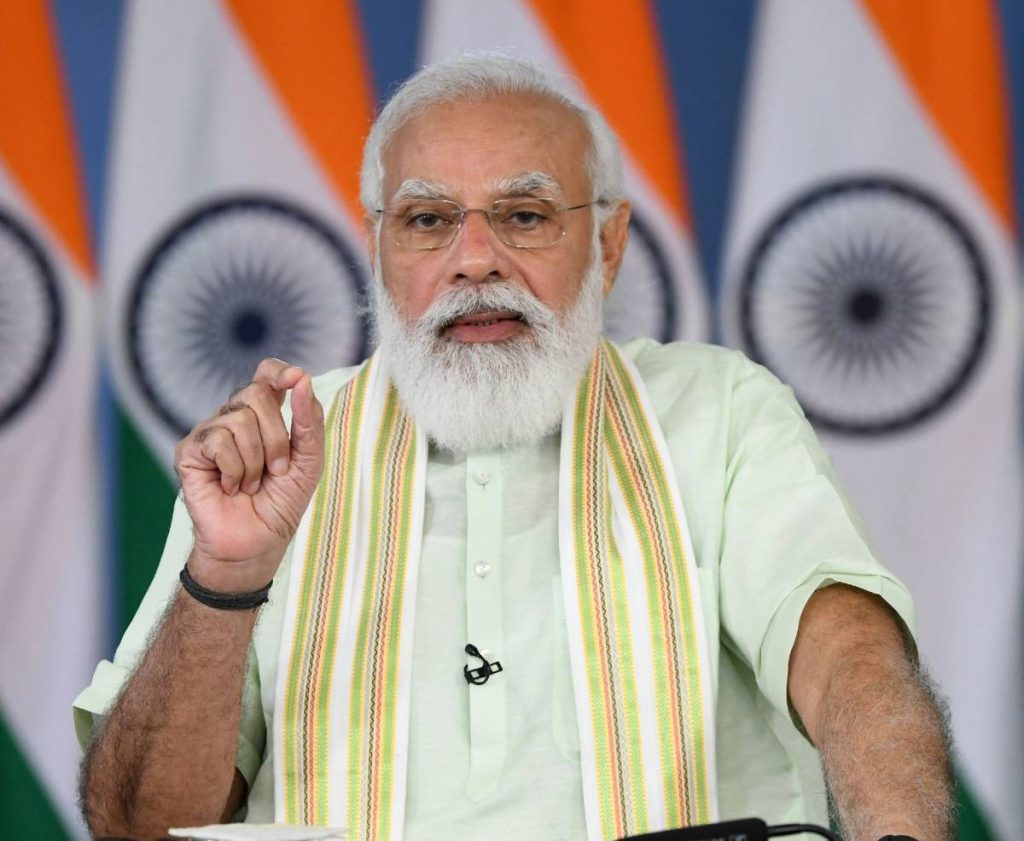
Sources told IANS that Modi will be travelling to Glasgow from November 1-2 to participate in the World Leaders Summit where President Biden and Australia’s Prime Minister Scott Morrison have confirmed their attendance.
An official confirmation about Modi’s visit is yet to be announced.
India, China, Brazil and some other developing countries have strong been advocating for continuation of carbon credits, which allow companies to compensate for their greenhouse gas emissions, under the 2015 Paris Agreement — an ambitious global action plan to fight climate change.
The carbon market mechanism, principally the guidance for Article 6 (market and non-market mechanisms) of the Paris Agreement rulebook, is the new climate change voluntary mitigation mechanism that aims to assist organisations in reducing carbon footprints.
At the 2019 UN climate summit the countries failed to agree unanimously on Article 6 concerning the carbon markets system as the lengthy negotiations remained inconclusive despite 48 hours past the official deadline.
Outlining agenda for the 26th meeting of the Conference of the Parties (COP26) to the UN Framework Convention on Climate Change (UNFCCC), UN climate chief Patricia Espinosa says one of the key negotiation topics is the wrapping up outstanding negotiations around Article 6 rules, to finally enable market and non-market tools to launch their operations.
Agreement on Article 6 rules uphold environmental integrity, including guidance for cooperation under Article 6.2, a new UN mechanism under Article 6.4 and a work programme on non-market approaches under Article 6.8.
Explaining the carbon market mechanisms, the UNFCCC says when countries set a limit, or cap, on greenhouse gas emissions, they create something of value: the right to emit.
What happens if we apply market principles and rules? The countries or companies that reduce emissions below their cap have something to sell, an unused right to emit, measured in tonnes of CO2 equivalent.
Countries and companies that don’t meet their target can buy these one-tonne units to make up the shortfall. This is called emissions trading, or cap and trade. The net affect on the atmosphere is the same, provided measurements are accurate, i.e. each unit represents a true one-tonne reduction below the cap and each unit is used only once. This requires clear rules and transparency.
The Article 6 carbon market rules will replace Clean Development Mechanism (CDM) under the Kyoto Protocol, the predecessor to the Paris Agreement.
In India, 1,669 projects have been successfully registered under the CDM, millions of certified emission reductions (CERs) credits, better known as carbon credits, remain unsold with collapsing of the CDM market.
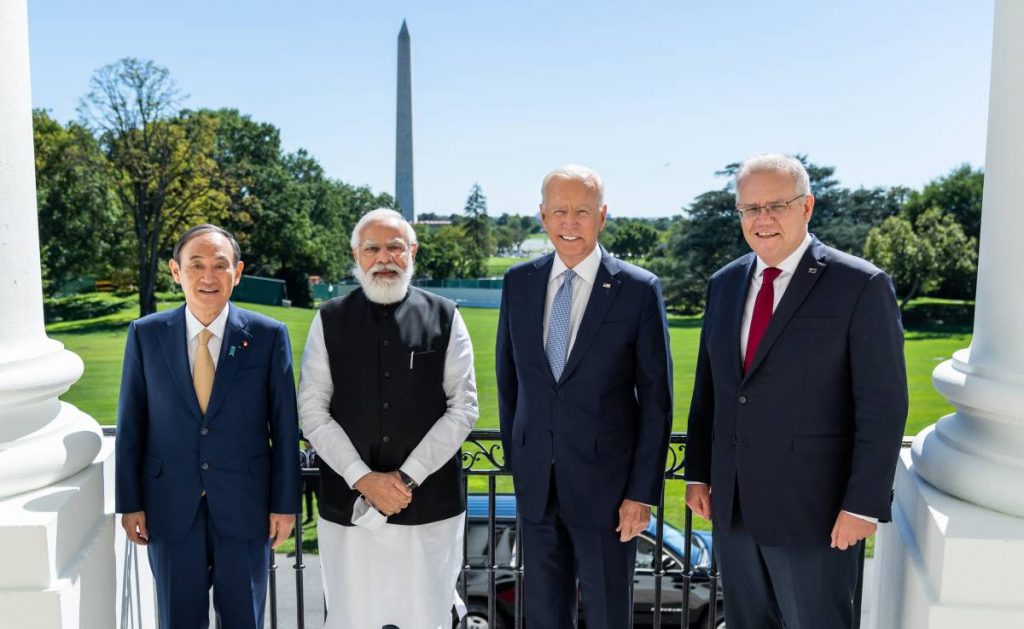
One CER equals to one tonne of carbon dioxide. The CERs help companies earn billions of dollars by trading them. Currently, there is market but no political platform.
At the last UN climate summit the developed world took the stand of not allowing the ‘junk’ carbon market, which allows buying and selling of carbon emissions, and emerged under the Kyoto Protocol adopted in December 1997 to continue in the exiting mechanism under the Paris Agreement.
They blamed faulty mechanism and loopholes in the existing system that failed to prevent double-counting of carbon credits and wanted a new mechanism to be put in place.
Several countries like India were demanding to carry forward the old carbon credits earned also by companies to meet new climate targets.
The carbon credit system allows countries to reduce their emission reduction targets by accumulating and trading in carbon credits.
As per rough estimates, nations hold close to 4 billion unsold certified emission reductions (CERs). India has a depository of 750 million and China has much more than India.
Climate negotiators say there is need to build transparency in the COP26 to trade carbon credits as the current mechanism has been “fraught with scandals”.
A latest report from an international task force led by UN Special Envoy for Climate Action and Finance, Mark Carney, and chaired by Bill Winters, CEO of Standard Chartered Bank, says to achieve the Paris goals to limit global warming, the global community needs to reach ‘net zero’ emissions by no later than 2050.
This will require a whole-economy transition — every company, every bank, every insurer and investor will have to adjust their business models, develop credible plans for the transition and implement them.
The report, Taskforce on Scaling Voluntary Carbon Markets, says given the demand for carbon credits that could ensue from global efforts to reduce greenhouse-gas emissions, it’s apparent that the world will need a voluntary carbon market that is large, transparent, verifiable, and environmentally robust.
Limiting global warming to 1.5 degrees Celsius requires that global annual greenhouse gas emissions are cut by 50 per cent of current levels by 2030 and reduced to “net zero” by 2050.
READ MORE: COP26: Will World Leaders Workout a Roadmap?
READ MORE: India, UK set to announce ‘green grid’ at COP26 summit


